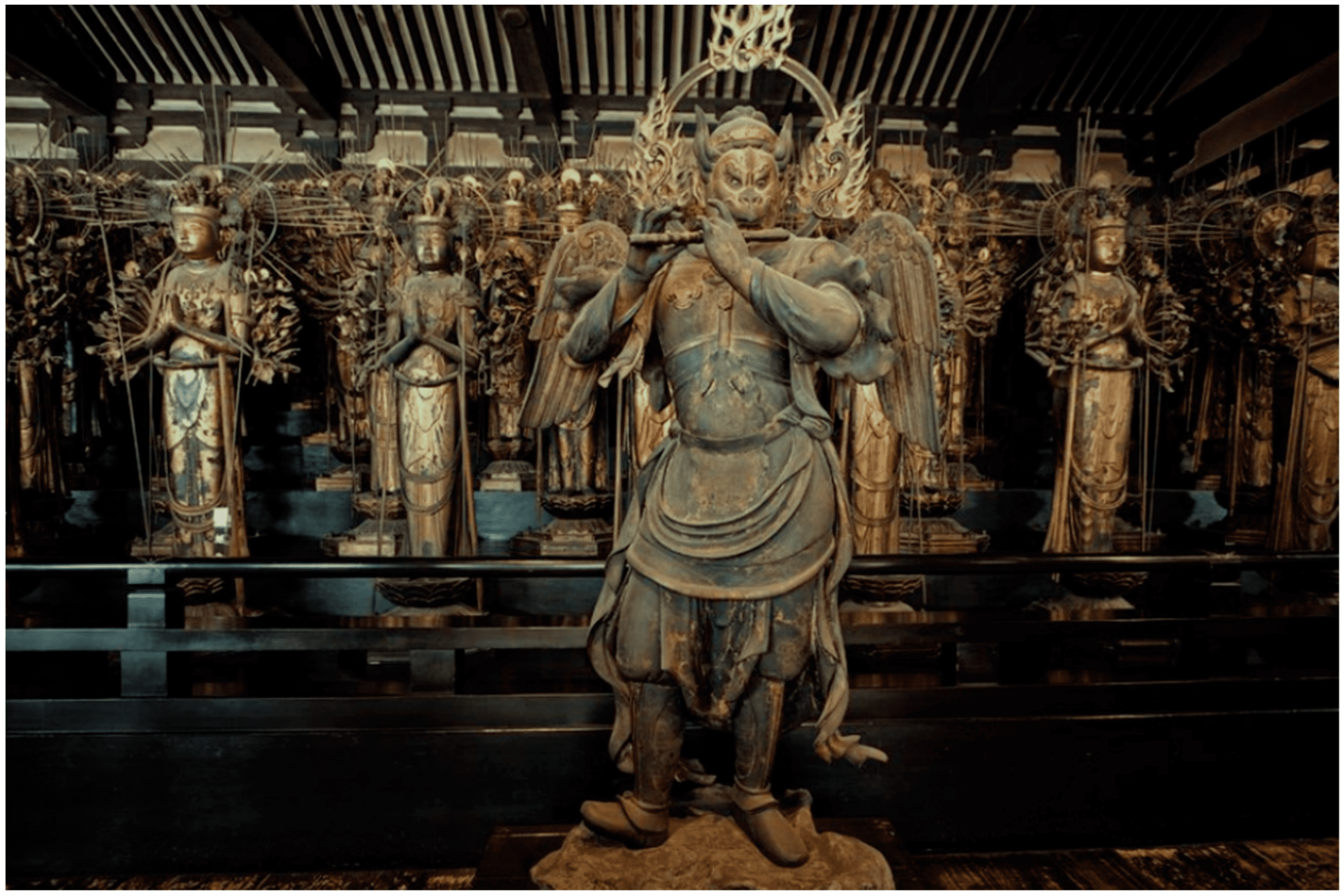The Hindu Garuda and the Egyptian Phoenix are both bird-like deities that represent power and protection in their respective cultures. Garuda is half-man and half-eagle, serving as the mount for the Hindu god Vishnu, while the Phoenix is a mythical firebird associated with the god Ra. Both birds are associated with the sun, with Garuda known for his strength and wit and the Phoenix representing cyclical rebirth and immortality. Although they share some similarities, their physical appearance, association with gods, and stories surrounding them differ significantly. They are intriguing symbols that continue to capture the imaginations of people worldwide.
The Hindu Garuda and the Egyptian Phoenix: A Contrast of Bird-like Deities
Introduction
Throughout history, birds have been revered and worshipped in different cultures. Two bird-like deities that stand out are the Hindu Garuda and the Egyptian Phoenix. In their respective cultures, they are symbols of power, strength, and divine protection. Despite sharing some similarities, they differ in many ways. This article delves into these bird-like deities and compares and contrasts them.
The Hindu Garuda
Garuda is a bird-like deity in Hindu mythology. He is depicted as a half-man and half-eagle creature who acts as the mount or vahana of the Hindu god Vishnu. In Hinduism, Garuda is considered the king of birds and is regarded as a symbol of power and the sun. Garuda is believed to be an important symbol of protection, and as such, his image is often found at the entrances of Hindu temples to ward off evil spirits.
Garuda is known to possess incredible strength, speed, and keen vision. He is also believed to have the power of flight and is often depicted carrying Vishnu on his back. One of the most famous stories surrounding Garuda is his fight with the serpent king, Naga. It is said that Garuda gained the upper hand over Naga using his strength and wit.
The Egyptian Phoenix
The Phoenix is a mythical firebird from ancient Egyptian mythology. It is believed to be a symbol of rebirth, immortality, and the sun. According to legend, the Phoenix is born from the ashes of its predecessor, signifying the cyclical nature of life. The bird is also believed to be capable of living for hundreds of years before being consumed by flames and then reborn.
In ancient Egypt, the Phoenix was a symbol of divine protection and was often depicted on tombs and other religious structures. The bird was also closely associated with the god Ra and was believed to be one of his closest attendants.
Comparing and Contrasting Garuda and Phoenix
Garuda and the Phoenix share some similarities in terms of their symbolism. Both birds are associated with the sun and are considered symbols of power and protection in their respective cultures. Additionally, both are believed to have the power of flight and are revered for their speed and keen vision.
However, the differences between the two birds are equally significant. For one, Garuda is half-man and half-eagle, while the Phoenix is a firebird. Additionally, whereas Garuda serves as the mount for the Hindu god Vishnu, the Phoenix is associated with the god Ra but is not considered a mount or vahana. The Phoenix is also known for its mythical and cyclical rebirth, while Garuda is known for his strength and wit.
Conclusion
In conclusion, the Hindu Garuda and the Egyptian Phoenix are both bird-like deities that symbolize power and protection in their respective cultures. Despite sharing some similarities in terms of their symbolism, they differ in many ways, including their physical appearance, association with gods, and stories surrounding them. The Hindu Garuda is known for his strength and wit, while the Egyptian Phoenix is a symbol of cyclical rebirth and immortality. Although these two bird-like deities belong to different cultures, they are undoubtedly fascinating symbols that continue to capture the imaginations of people around the world.
